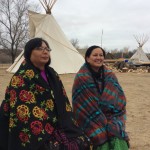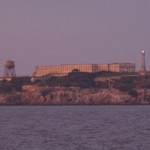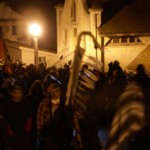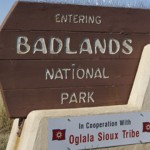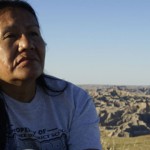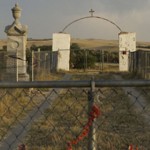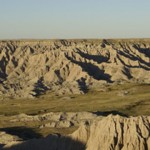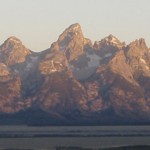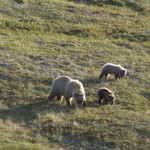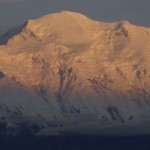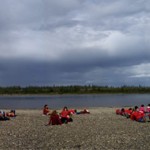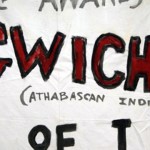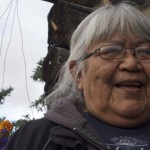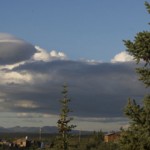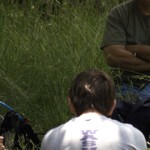Golden Gate National Recreation Area: Alcatraz – 41 years later
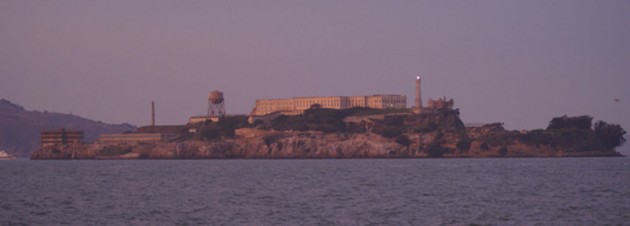
On November 20th, 1969 – 41 years ago on this day, a group of American Indian students took over Alcatraz. They occupied the island, the abandoned infamous federal prison, for 18 months with other Native Americans from around the country. They were there to make a statement: “We, American Indians, are still here and we do not tolerate decades of mistreatment, broken treaties and injustice anymore.” They demanded for the return of Alcatraz to the hands of American Indians, and funding to build and maintain an indian cultural center and a major university on Alcatraz. Although they never gained what they asked for from the federal government, the occupation became a milestone of the Native American civil rights movement of the modern era. LaNada Warjack, a Shoshone-Bannock who played a leadership role of the occupation, said to me, “Alcatraz was like a rock that hit the water that sent many waves. Many organizations and actions evolved from the Alcatraz takeover.”
41 years later today, I have spent a month to learn about the occupation and ‘many organizations and actions evolved from the Alcatraz takeover.’ I participated in the indigenous peoples day gathering at Alcatraz and Bioneers conference in October. This month, I visited International Indian Treaty Council in San Francisco and Indian Canyon, a home for Ohlone people. I went to an opening event for a multi-media exhibit on the historic American Indian occupation of Alcatraz Island: WE ARE STILL HERE at San Francisco State University (open for public till December 19th). I am continuing this effort by joining the events such as Thangs Taken (tonight in Berkeley!), American Indian Movement conference this week, and the annual sunrise gathering on Thanksgiving morning on Alcatraz. Come join me for any of these events! You are all invited.
Through this process of learning, I have put much effort to connect with a group of Native American women activists such as LaNada and those who have a strong relationship to Alcatraz. They were the university students, mothers, youth and children who occupied the island or those who weren’t born yet but their relatives were on the island during the occupation. Ohlone women are also a part of this group since Alcatraz is in Ohlone territory and it is important to include their relationship to the occupation and the island. Morning Star Gali, Community Liaison Coordinator at International Indian Treaty Council, has become my Alcatraz project partner, and with her support, I am able to connect with this amazing group of women. Morning Star told me that there has not been a single document or film that focused on women’s role on the occupation or profiled voices of women from the occupation. “It is so overdue. That’s why I got so excited about your project,” said Morning Star.
I have begun interviewing and filming their stories: their relationship to the Alcatraz occupation, how they have been riding the ‘waves’ created by the ‘rock that hit the water,’ and what they hope to see on the island in the future. I am so grateful for their openness and how they just take me into their heart. This week, many of them are coming into San Francisco. In next three weeks, I will continue the interviews. When I look at the list of women who are on board, I am awed by the depth of their experience and wisdom that would teach us about past, present and future of Alcatraz and American Indians which would not be taught at our school.
41 years later, those women who are still here today will share their stories with us. Kris Longolia, who occupied the island as a child said, “Many of us are already gone and elders are passing away. We have to do it now.”
